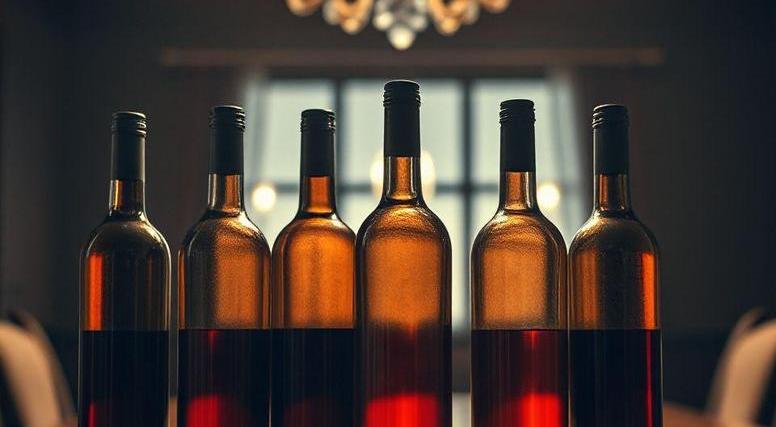- You are here:
- Home »
- Wine By Type
Category Archives for Wine By Type

Lambrusco Wine : History, Flavors, Pairings & More
Lambrusco, a sparkling red wine originating from the Emilia-Romagna region of Italy, has undergone a remarkable transformation from a once-misunderstood beverage to a beloved choice among wine enthusiasts. Known for its effervescent character and vibrant fruit flavors, Lambrusco has shed its outdated reputation and emerged as a versatile and accessible wine that complements a wide […]
Continue reading
Pecorino Wine : History, Flavors, Pairings & More
When it comes to pairing wines with Pecorino cheese, the art of combining these two delights can elevate your culinary experience to new heights. Pecorino, an Italian cheese made from sheep’s milk, is known for its rich, savory flavors that can range from sharp and tangy to smooth and creamy, depending on its aging. This […]
Continue reading
Roussanne Wine : History, Flavors, Pairings & More
Roussanne, a lesser-known gem in the world of white wines, is increasingly captivating the attention of wine enthusiasts and connoisseurs alike. Originating from the Rhône Valley in France, this varietal is celebrated for its unique flavor profile and versatility. With a rich history and a growing presence in vineyards across the globe, Roussanne offers a […]
Continue reading
Cortese Wine : History, Flavors, Pairings & More
Cortese wine, a gem of Italy’s Piemonte region, has been delighting wine enthusiasts with its crisp and refreshing character for centuries. Known for its role in the esteemed Gavi DOCG, Cortese is a white grape variety that embodies the essence of Italian winemaking tradition with its bright acidity and subtle floral notes. This guide will […]
Continue reading
Passion Fruit Wine : History, Flavors, Pairings & More
Passion fruit wine is an exquisite and relatively underexplored gem in the world of fruit wines, offering a vibrant twist on traditional varietals. Known for its intense tropical flavor and aromatic complexity, passion fruit infuses the wine with a tantalizing bouquet that sets it apart from more conventional options. This unique beverage combines the lush, […]
Continue reading
Marechal Foch Wine : History, Flavors, Pairings & More
Nestled in the picturesque vineyards of France, the Marechal Foch grape offers a unique taste of the region’s rich winemaking heritage. Originally hailing from the Alsace region, this lesser-known varietal has been gaining attention for its distinctive character and versatility. As a hybrid grape, Marechal Foch is celebrated for its deep, ruby-red color and robust, […]
Continue reading
Schioppettino Wine : History, Flavors, Pairings & More
Nestled in the picturesque hills of Friuli-Venezia Giulia, Schioppettino wine is a hidden gem in the world of Italian wines. Known for its unique character and deep, rich flavors, Schioppettino stands out among the myriad of Italian varietals, offering a taste of the region’s rich viticultural heritage. This rare and distinctive red wine, often overshadowed […]
Continue reading
Albarino Wine : History, Flavors, Pairings & More
Albarino, a vibrant and aromatic white wine, has been captivating palates around the world with its refreshing character and unique charm. Hailing from the verdant Rías Baixas region in Galicia, Spain, this grape variety thrives in the coastal climate, which imparts a distinctive blend of citrusy zest and mineral undertones. With its bright acidity and […]
Continue reading
Orange Wine : History, Flavors, Pairings & More
Orange wine, a captivating and often misunderstood gem in the world of winemaking, is making a remarkable comeback and capturing the imaginations of wine enthusiasts worldwide. Unlike the more familiar red and white varieties, orange wine is crafted from white grapes that undergo an extended maceration process with their skins, creating a strikingly amber hue […]
Continue reading
Pinot Blanc Wine : History, Flavors, Pairings & More
Pinot Blanc, a lesser-known gem among the myriad of white wines, offers a refreshing alternative for those seeking a delightful and nuanced drinking experience. Originating from the Alsace region of France but now flourishing in wine-growing areas around the world, Pinot Blanc is celebrated for its crisp acidity, subtle fruit flavors, and versatile character. This […]
Continue reading